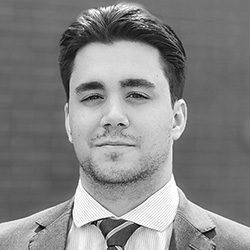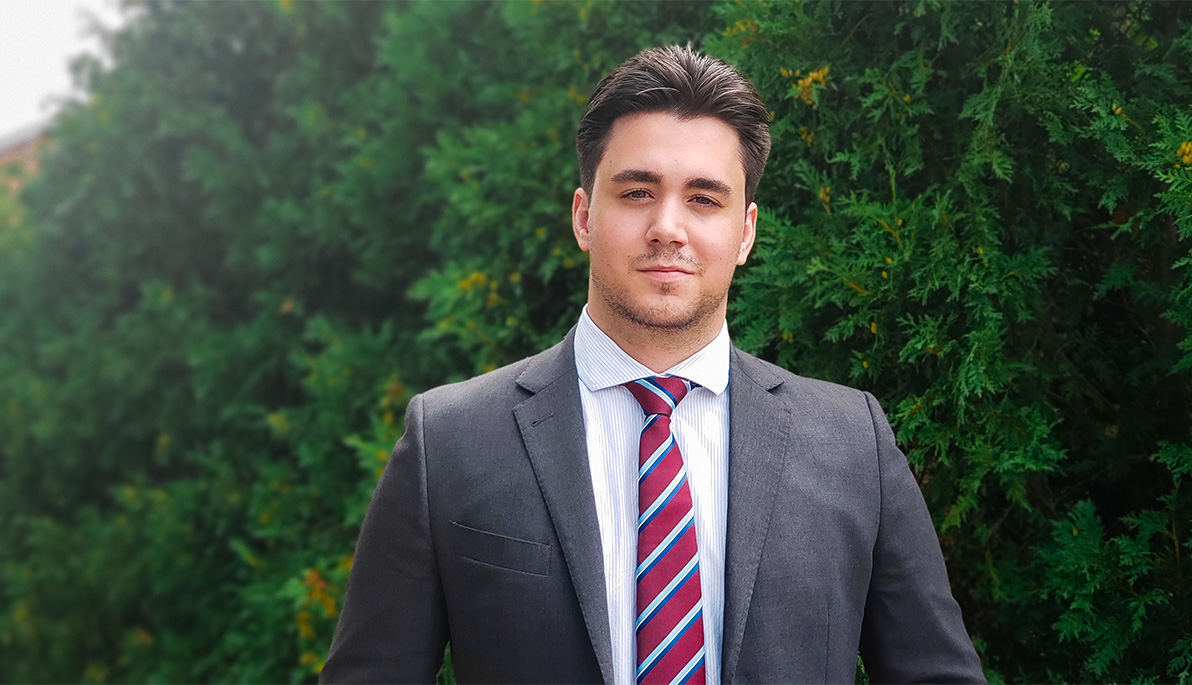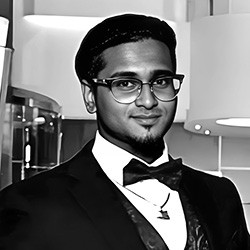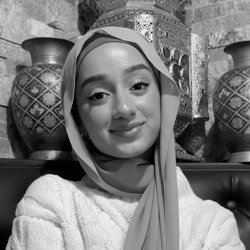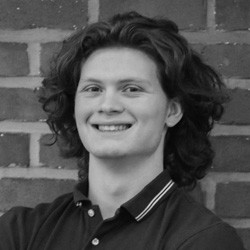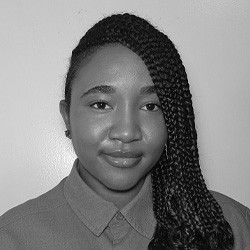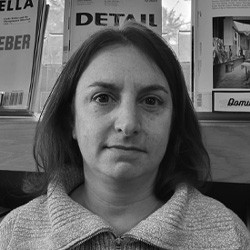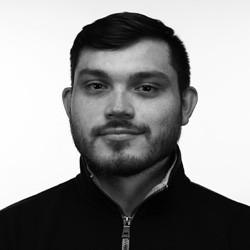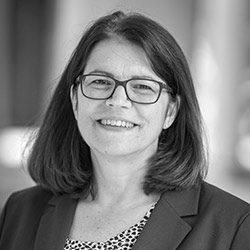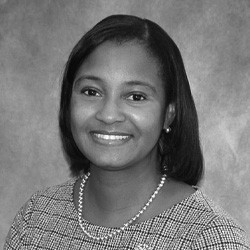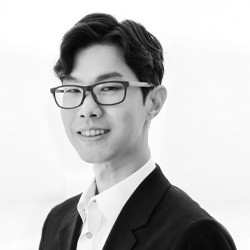Pushing the Envelope
Alfonso Dehesa Baeza came to the United States from Spain to study mechanical engineering for two main reasons. “The first, I like the way they approach their education on a more hands-on basis. And the second, the engineering field is higher regarded than in Spain.” He chose New York Institute of Technology for its location and reputation.
Dehesa Baeza is enrolled in the accelerated master’s program. In addition to being a full-time student, this New York Tech President’s Scholarship recipient is a peer advisor and a peer tutor for the Advisement and Enrichment Center. He recently participated in the Students First: Community Conversations series of discussions aimed at informing students about the changes being made at New York Tech during the COVID-19 pandemic and the support systems available to members of the community. He was also part of a study on abusive head trauma, commonly known as shaken baby syndrome. Dehesa Baeza sat down with The Box to talk about his experience as an interviewer, his research projects, and what inspires him most.
Did you always know you wanted to be an engineer?
I’ve always known I wanted to be an engineer, from the time I was very little. I think what most fascinated me about the field was the ability to accurately predict the behavior of a structure or system before building it or testing it in real life. From knowing how and when a bridge might fail, to where an orbiting rocket might land within a centimeter, I always thought being able to calculate every outcome was something else. Kind of like knowing the future before it happens. I’ve been building models and experimenting with science projects since I was a kid, and I just thought of this career as the perfect opportunity to learn more about something I love.
Why did you choose mechanical engineering?
I always joke that I knew I wanted to be an engineering major, but watching Iron Man sealed the deal! Truthfully, I ended up choosing mechanical engineering because it was a broad enough major that I could learn a lot from, and it also allowed me to be hands-on.
The engineering field, especially mechanical, is always changing. If you want to be an engineer, one of the most important things to learn is how to adapt and to be ready to reinvent yourself and your work. It’s about pushing the limits of what we can do or what we thought was possible, and not letting anyone tell you what can’t be done. Lately, we’ve seen numerous advancements that would only have been dreamed about a decade ago, from rockets that land automatically to cars that drive themselves. The transportation industry, which hasn’t fundamentally changed since 1914 with the first commercial flight, is particularly appealing to me. Another area that interests me a lot is computer modeling and simulation, particularly as it relates to medicine.
You were co-investigator on a study on shaken baby syndrome with Assistant Professor Milan Toma, Ph.D., where you developed computational simulations to help clinicians and caregivers better understand the impact of these injuries. Can you talk about that experience?
My role was to carry out research tasks he delegated. The biggest challenge was coming up with creative ways to obtain data. I remember when we had to replicate the procedure of shaking a baby (not a real baby, of course) to obtain data about the speed and acceleration of the skull, by using a toy baby and pixel extrapolation combined with accelerometers. That was a challenge!
Can you talk about some of the other projects you’ve worked on?
In the last academic year, I participated in the New York State Industries for the Disabled (NYISID)-CREATE Symposium, which consisted of coming up with ideas to make the work process at NYSID facilities easier. The workers told us they were struggling with the process of changing a sewing machine bobbin, a complex process that happens frequently. It turns out, it is very complicated to increase the amount of thread in the bobbin. We were stuck for about a month until we decided to completely re-imagine the way sewing machines work, using thread spools for the bobbin as well as for the regular thread.
How did you become involved in the Students First series?
I was asked by my supervisor to take on the role as host/interviewer. At first, I was a little hesitant because I didn’t know how well I would do talking in front of such a large audience. But, I figured what’s the worst that could happen? I was also very excited to learn more about the measures being implemented [at the university] to keep us safe and engaged. I know a lot of students have been terrified of the pandemic. For international students, there’s an extra level of uncertainty since the law for online transitions and schooling is not very well defined and is rapidly changing. Being able to talk to someone who’s designing these policies and to ask my own questions and get answers was very important to me.
